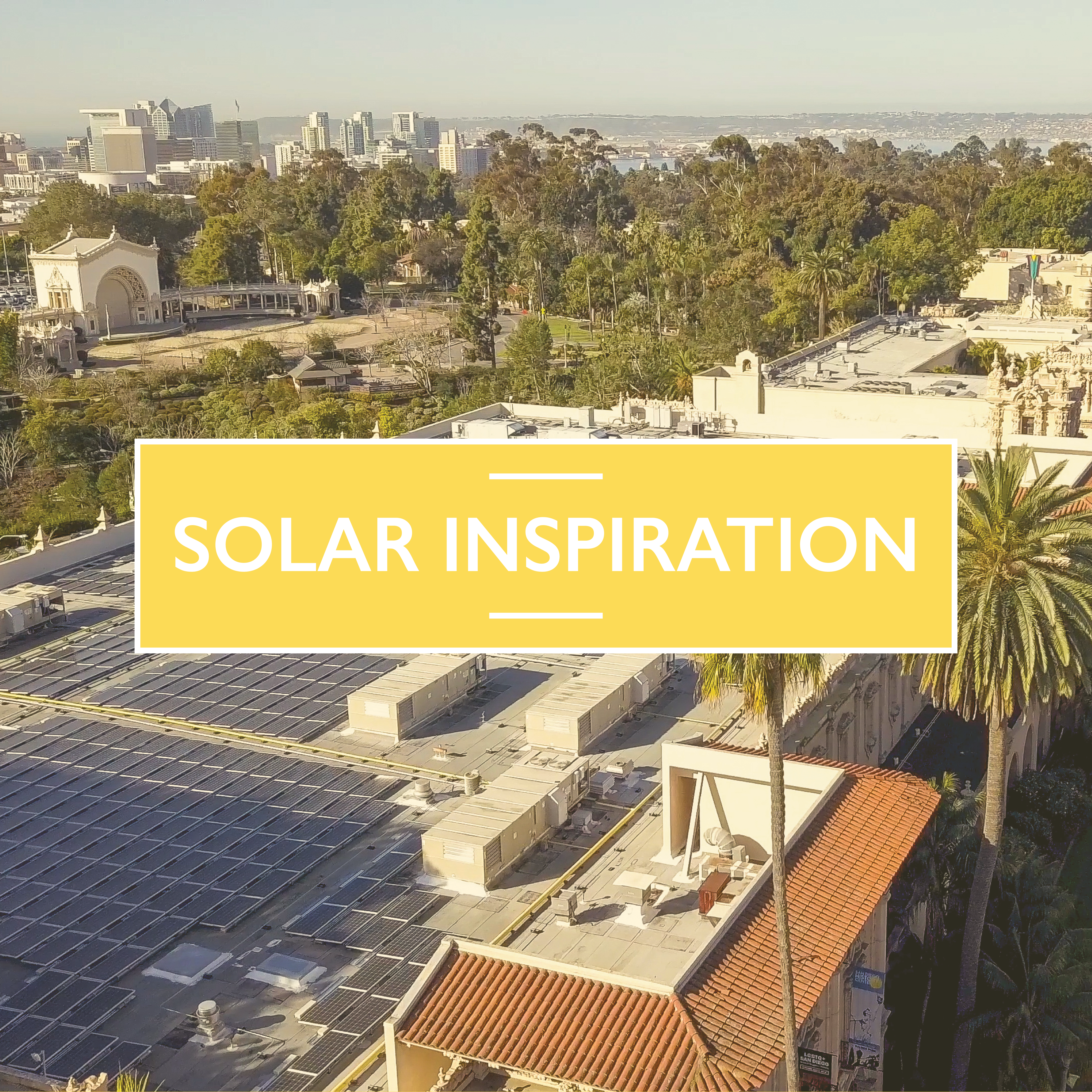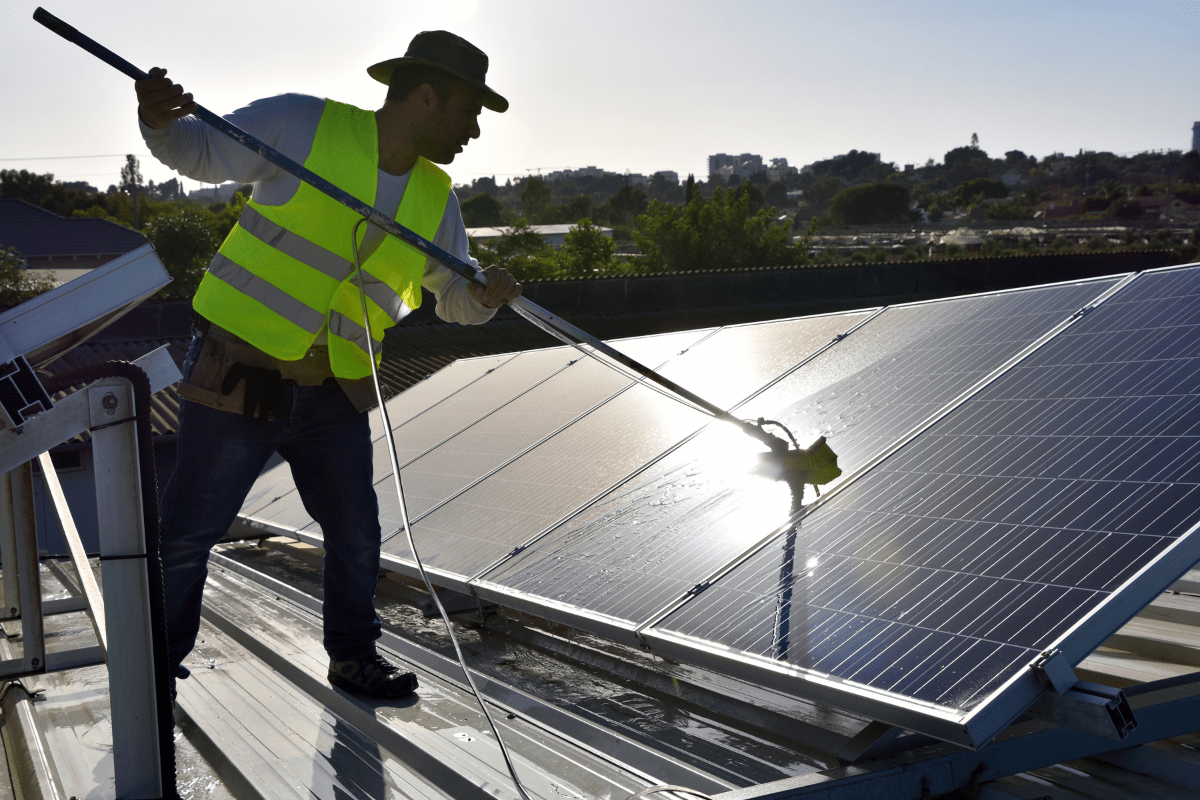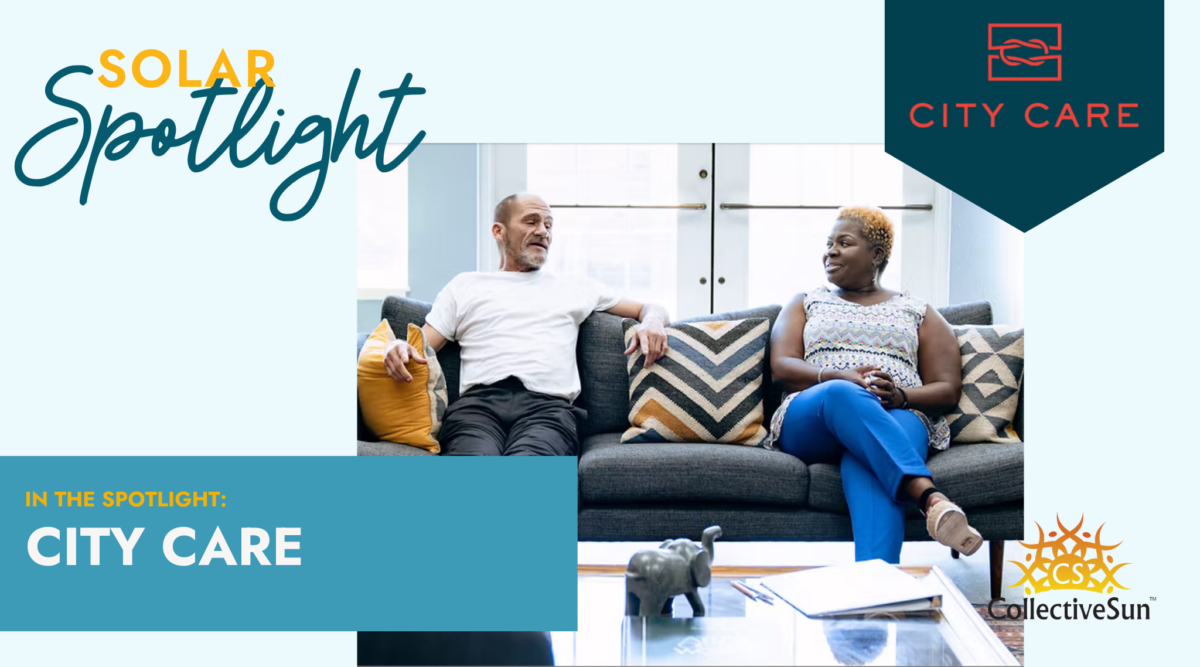
Story by Sara Carbone, CollectiveSun Content Marketing Manager
Over the past decade CollectiveSun has worked with a number of different industries in our effort to help as many nonprofits and tax-exempt organizations as possible go solar. These have included houses of worship, community centers, golf clubs, housing facilities, amongst many others. In our new monthly series, Solar Inspiration, we highlight the various industries that we work in and discuss organizations in those industries that we’ve partnered with as they made the leap to solar. Our first featured industry is that of art and cultural institutions, including museums.
As climate change increasingly impacts the environment, art centers and museums are examining the role they play in helping to solve the crisis. Museums have a particularly significant impact given their intensive need for lighting, security and climate control and in some cases require more energy than hospitals. As one reporter states, “Preserving the past, educating the present and shaping the future come at an obvious cost.”
The Museum of Photographic Arts (MOPA) in San Diego, CA is an entity that understands this cost and has worked to adopt environmentally sustainable practices while lowering their operating expenses. As Vivienne Esrig, Deputy Director at MOPA put it, “we were spending over $90,000 a year on our electricity bill, so it was quite a burden for us.” She also explained that since part of the museum’s focus includes being active in environmental issues, they took a number of steps to bolster their sustainability efforts, including going solar. MOPA, along with the San Diego History Center and the Model Railroad Museum, ended up partnering with CollectiveSun to secure funding for a 177.6 kW rooftop system.
Many institutions like MOPA are shifting in order to be more financially and environmentally sustainable.
“ As climate change increasingly impacts the environment, art centers and museums are examining the role they play in helping to solve the crisis. “
“ Museums hold in one body the diverse physical and intellectual resources, abilities, creativity, freedom, and authority to foster the changes the world needs most. ”
Sustainability in Art and Cultural Institutions
The movement to make museums and art centers more green has become more widespread since the idea first took root in the 1990s. Green museums incorporate sustainability into their operations, programming, and facilities. As mission-driven entities they look to encourage visitors to make sustainable choices while designing their facilities to reflect their desire to positively impact climate change.
In 2019 the International Council of Museums adopted a resolution stating that “all museums have a role to play in shaping and creating a sustainable future.” Globally, about 150 museums have earned LEED green building certification (LEED is a green building rating system) and 300 more have registered to go green.
American Green Museums and Art Centers
In the last decade, over 20 American museums have built new green buildings or renovated existing ones to have sustainable features. 150 museums in the US and Canada have placed their energy consumption into Energy Star Portfolio Manager to calculate their carbon footprint. Some in the industry even believe that operating sustainably will eventually become the standard for all museums. In some cities and states, governments are advancing this kind of change through public policy. New York City’s Climate Mobilization Act means that institutions like the Guggenheim Museum and the Whitney Museum of American Art will soon be subject to increasingly strict energy efficiency standards.
American museums of all kinds have embraced the green movement. These include the Children’s Discovery Museum of Illinois, ECHO, Leahy Center for Lake Champlain in Vermont, The Natural History Museum of Utah and The Grand Rapids Art Museum in Michigan. Part natural history museum, the California Academy of Sciences has many energy and water saving features, including 60,000 PV solar cells. WIth its double platinum LEED certification, the academy has been heralded as the “greenest” building currently on the planet.”
Solar is an important option for these institutions seeking to operate sustainably. In 2012 Luther Burbank Center for the Arts in California installed a 1,630 panel, 400 kW canopy-mounted solar system, one of the largest systems in the country for a performing arts center. Rick Nowlin, the Center’s executive director said, “This means saving on our energy bills and a significant reduction in the Center’s carbon footprint. In the long run, it means more resources in support of the work of our mission.” Washington based artist incubator Mighty Tieton added a solar system to their 40,000 square-foot facility to cut down their $2,000 a month energy bill. It is projected to save the organization $1,300,000 over 40 years.
Somewhat ironically, The Kentucky Coal Mining Museum, which honors the state’s history in coal mining, went solar to save money. Their 20 panel installation is predicted to save $8,000-10,000 for their main building energy costs and pay for itself within 5-7 years. The installer who built the system said, “I think everybody knows when we’re talking about attractions like this – these high-volume, low-traffic municipal attractions – something has got to give to keep their expenses down.”
CollectiveSun’s Work with Art and Cultural Institutions
CollectiveSun has partnered with several nonprofits that serve art and cultural communities. In 2018 we helped the Massachusetts based Mudflat Pottery Studio secure financing for their 134 PV panel rooftop system.
Our recent work with MOPA’s solar installation helped the museum reap the benefits of what Vivienne Esrig said was “another step in completing the big picture.” MOPA is a center for visual learning devoted to addressing cultural, historical and social issues through its photography, film, video exhibitions and educational programs. Its solar installation is unique because the museum is located in Casa Balboa, a city owned building in Balboa Park in San Diego. The building also houses two additional museums, the San Diego History Center and the Model Railroad Museum, and two other nonprofits, the Balboa Arts Conservation Center and the Committee of 100. The building was recently LEED certified gold.
Vivienne described working with Collective Sun as “beyond amazing” and also added that working with us made it possible for the museum to navigate the issues involved with being tenants of city owned buildings and having five organizations in the building, among other challenges. In our 11am PT April 28th webinar, Art and Renewable Energy: How Museums Are Utilizing Solar Savings to Spread Creativity & Culture!, MOPA will share its story about their quest to go solar and discuss the ways solar can impact an organization and its community.
Industry insiders Sarah Sutton and Elizabeth Wylie wrote “Museums hold in one body the diverse physical and intellectual resources, abilities, creativity, freedom, and authority to foster the changes the world needs most.” These institutions and the people who frequent them are becoming more and more aware of how they can foster such change. CollectiveSun is committed to helping these community-centered institutions foster a long-lasting culture of sustainability, both environmental and financial.
If you are a Nonprofit organization interested in learning more about solar, or are looking to launch a solar project with a Nonprofit organization, please contact our VP of Sales, Matt Brennan who can answer any of your questions.
Matt can be reached at mbrennan@collectivesun.com or 619-838-7363.






